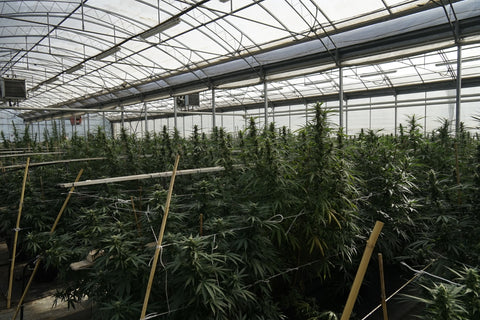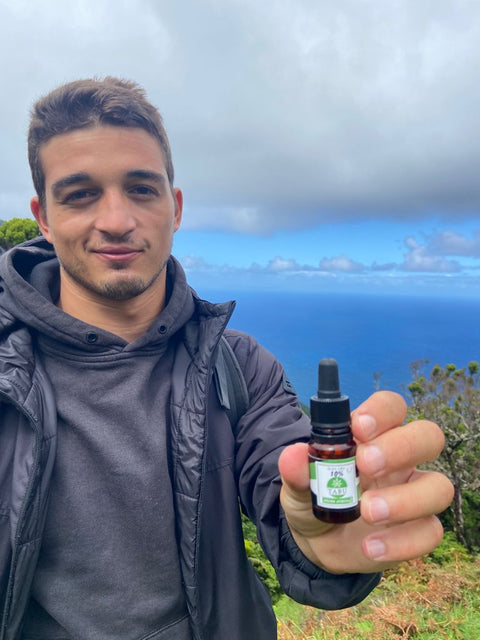How to explain the difference between hemp and marijuana to your parents?
There are numerous misconceptions and a lot of ambiguous and questionable information about CBD, which makes this pure and natural matter a topic that is little discussed and restricted in the most varied levels. Having said that, it becomes easy to be ignorant about this topic and judge it wrongly, and that is why we are going to help you answer your questions throughout this post. But after all…
… what is Cannabis?
First of all, we are going to explain what cannabis is and where it comes from. Botanically speaking, Cannabis is a plant that is part of the Canabaceae or Canabiaceae plant family, such as the Hop plant or the Celtis plant, having a natural origin in Central Asia. It is a genus with three different species: Cannabis Sativa L, Cannabis Indica and Cannabis Ruderalis. Consequently, each species has its strains (better known in English as strains) , with different shapes, colors, effects, etc.
Scientific Classification
Kingdom: Plantae
Clades: Eudicots, Rosids, Rosales
Family: Cannabaceae
Genre: Cannabis
Species: Cannabis Sativa L, Cannabis Indica, Cannabis Ruderalis
What is the difference between hemp and marijuana?
Now, due to the established general misinformation, this is a question that usually has very confusing answers. The terms hemp and marijuana are commonly used to describe a species or strain of cannabis, however this usage is not entirely true. Both serve only to separate all cannabis variants into two camps:
- If it has more than 0.2% THC – then we are talking about Marijuana (0.2% in the European Union and 0.3% in the USA) and it has a psychotropic effect;
- If it has less than 0.2% THC inclusive – then we are talking about Hemp (0.2% in the European Union and 0.3% in the USA) and it has no psychotropic effect.
With hemp (or hemp in English), THC levels have to be less than 0.2%, so that there is no psychotropic effect when consuming or inhaling. It is important to emphasize that, despite this difference, both seem indistinguishable and have the same smell.
This division is confusing for the average consumer, as it only takes into account one aspect of the cannabis plant. It's like dividing all the oranges in the world into bitter and non-bitter, ignoring all the thousands of varieties based on shape, color, flavor and use.
The term Hemp is used because of restrictions imposed by governments on THC so that other industries would produce a non-psychotic version of Cannabis.
By way of example, in order to be more understandable, it is important to reiterate that a strain of the species Cannabis Sativa L, can very well be included in the “bag” of Hemp or Marijuana. The only deciding factor is whether your THC level is higher or lower than 0.2%.
What types of hemp exist?
In the case of Hemp, it becomes even more confusing, as the same term is used for two completely different types:
- Medical hemp, whose medicinal strains are bred to have a high level of CBD in their flowers, are processed in laboratories to be made into medicines or lotions.
- Industrial hemp, whose industrial strains typically have a low level of CBD, are bred to grow big and tall so that all of its parts are harvested, from the seeds to consume whole, the stems for textiles, paper, ropes, oils , resins, food, beverages and fuels.
Both types of hemp are completely different, despite the fact that the public considers them to be the same, the only similarity being that neither contains more than 0.2% THC. So make sure you don't confuse the two when you're looking for one or the other.
Is it true that the US Constitution was written on hemp paper?
We also took advantage of this post, as a curiosity, to demystify this myth. The answer to this question is a solid “No”. This urban legend circulates mainly in the USA and is often presented as fact by activists and citizens who defend the legalization of Cannabis for recreational uses, after prohibition in 1937. Which doesn't even make sense as an argument, since the objective is to legalization of THC and Hemp does not have this substance to the point of having psychotropic effects. According to the National Center for the Constitution, the document was written on parchment treated with animal skin, usually sheep skin. It is, however, likely that the drafts of the document were written on hemp paper, taking into account the usual use of the product at the time. The more you know.





Comments (0)
There are no comments for this article. Be the first one to leave a message!